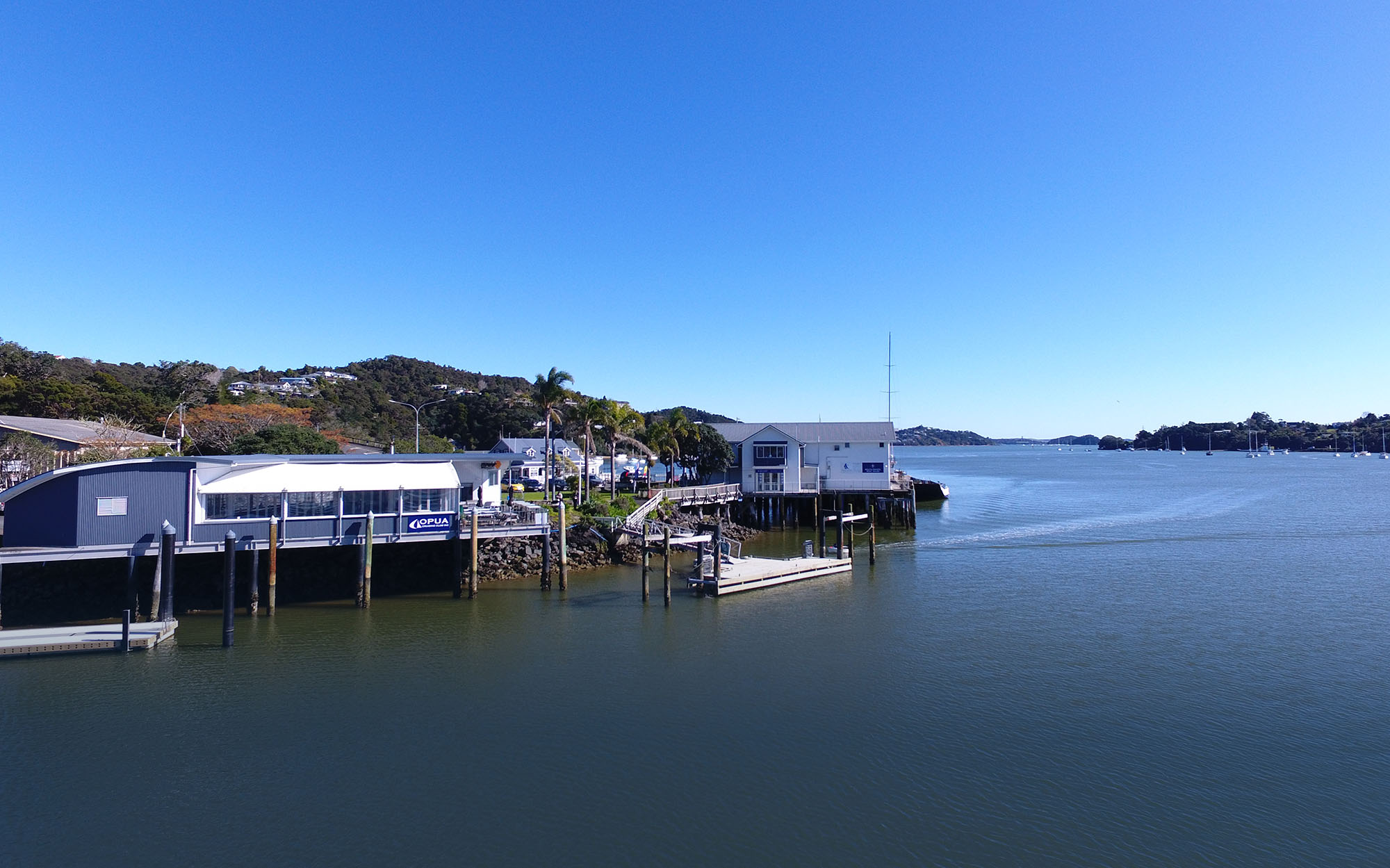Are the Oceans now struggling to store extra earth heating? Since July 2023 it is as if the global averaged sea temperature has jumped into a new regime with less erraticism in the signal. We still cannot tell if this is a fundamental change that may adversely energise further weather events. And yet in the first half of August there has been an erratic and rather extreme rise in daily global SST. I wish we knew the reasons for this.

From climatereanalyzer.org/clim/sst_daily/

MetBob. Bob McDavitt is the weather guru that uses //etBoB to provide meteorological information for cruising sailors, primarily for those in the South Pacific.
Until now, 90 per cent of the excess heat created by greenhouse gas emissions has been drawn down into the ocean. Under this new regime, it seems that this capacity for heat absorption is being lost. SO, where will the extra heat now get stored?
The Cape Reinga region over Far North New Zealand is having a winter heatwave. However, Hauraki Gulf is just slightly above normal.

From www.moanaproject.org/marine-heatwave-forecast
The rain accumulation for the year to date shows that it has been wetter than normal in northern NZ — with the “wetter” kicking in around 21 April, and % excess much more in Auckland than around Kerikeri.


While local variations remain — such as heatwaves in the Far North alongside only modest anomalies in the Hauraki Gulf — the broader picture is one of rising unpredictability. Understanding whether this is a temporary fluctuation or a lasting change will be critical, as it may determine how both our oceans and our communities absorb the pressures of a warming world.





